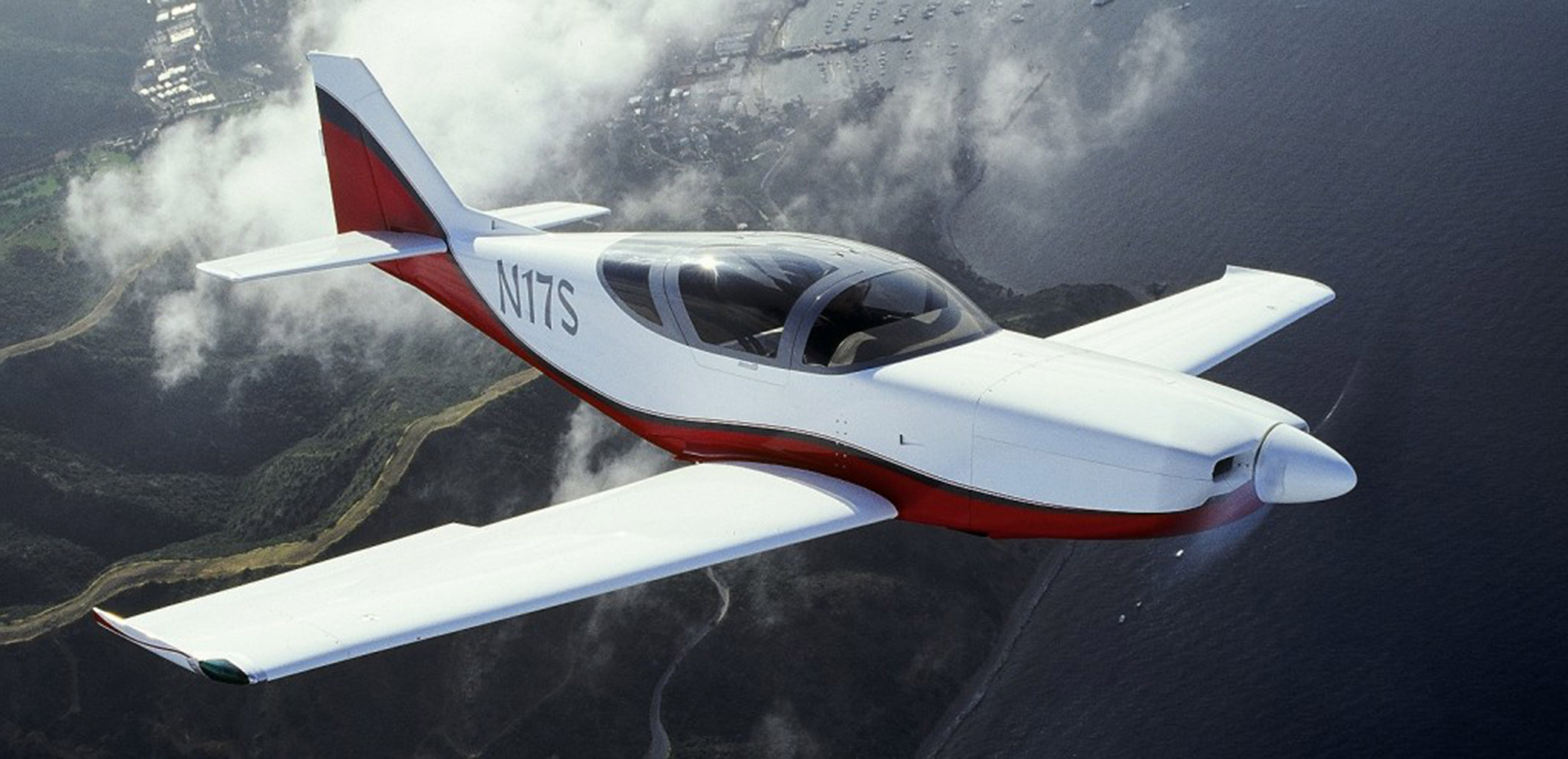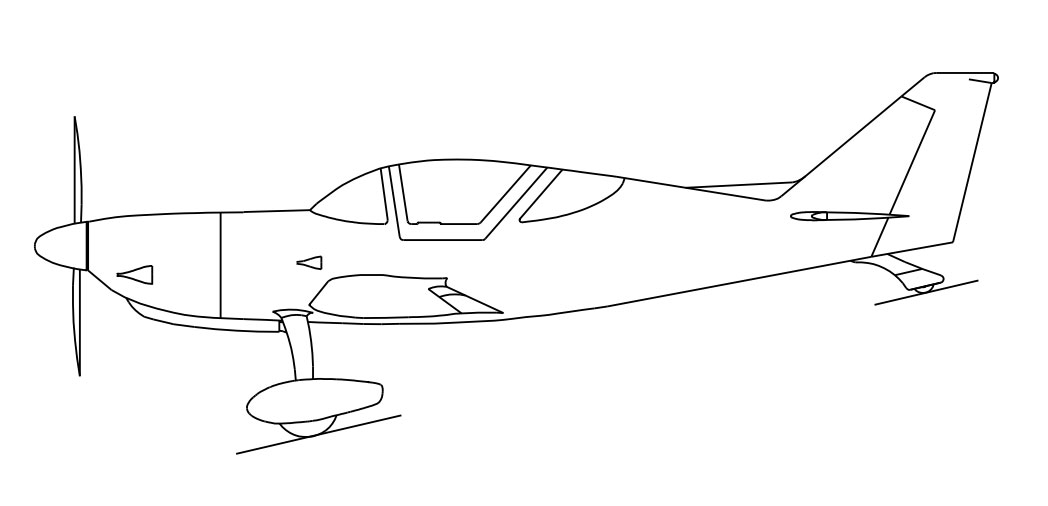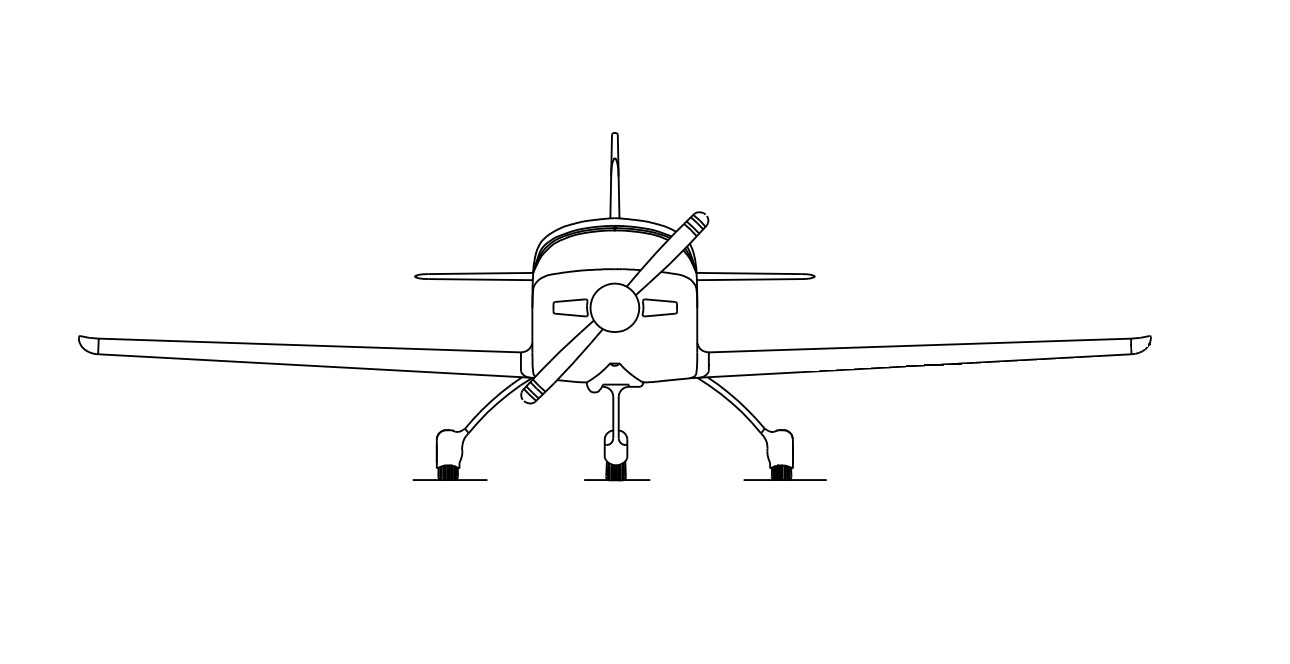The use of the SH-2 model designation and the more specific Glasair designator has caused much confusion in the past. I have not been able to find any clear written explanation in either old Stoddard-Hamilton Newsletters for anything from Glasair. So I thought it was time with to write an explanation, which hopefully will clarify the subject.

The SH-1 model was a tandem seat aircraft, which existed only in prototype form. It was never placed in production. The The SH-2 model designator is used to cover and designate the entire broad family of Glasair models designed to use a four-cylinder aircraft engine. To differentiate within this broad family of four-cylinder Glasair models the additional designator Glasair I, Glasair II, Glasair IIS, and Glasair S-II, have been used. Each of these specific models is additionally designated by landing gear type.
Three landing gear configurations are available for each of these models. The three landing gear configurations are retractable gear (RG), fixed tricycle (FT), and tail dragger (TD). The use of the Glasair model number, and the abbreviation for the landing gear type will clearly defined the type of aircraft. The SH-3 model designator is used to cover and designate the Glasair model designed to use a six-cylinder aircraft engine. Presently, we have only one model using the six-cylinder engine. The additional designator here it is G-III. The Glasair III is available only as a retractable gear model and so the retractable gear abbreviation (RG) is not used in conjunction with this model designator.

The kit serial number (as assigned by Stoddard-Hamilton or NewGlasair) can also be used to identify the specific Glasair model of aircraft. The following kit numbers were used:
1-803 were used for the Glasair I (TD, FT, or RG)
Glasair I – was the designation for all kits delivered through about 1985. The way to ID these is they were approximately 2.5″ narrower in the fuselage (shoulder width) and 1″ shorter in canopy height and the builders had to make their own canopy frames by cutting the frame out of the fuselage shells and reinforcing and finishing off the frame to be a good fit. Canopies were cut out as either an internal sliding canopy or gull wing style.
1001-1119 were used for the Glasair II (TD, FT, or RG)
Glasair II – was the designation made when SH introduced a (2.5″) wider, (1″) taller fuselage with flange joggles at the firewall, belly panel, wingtips, cowl, inspection holes, windshield, canopies, etc. The canopy frames, gear box structures, stabilizer and elevator ribs and spars were included as formed assemblies and reduced hundreds of hours of work. The fuselage length remained the same as the Glasair I.
2001-2184 were used for the Glasair IIS (TD, FT, or RG)
Glasair II-S – The fuselage was lengthened in the aft end and it was given the designation II-S (for stretch). Unfortunately, the II-S ended up with the CG slightly aft. These builders were given several options to pick from to make CG and stability and control improvements which included; adding 12″ to the span of the horizontal stabilizer and moving the wing slightly aft (by 1.5″).
2201-XXXX are used for the Glasair SIIS (TD, FT, or RG)
Glasair Super IIS – This model has the longer horizontal stabilizer, the wing in the original location and the nose lengthened six inches to give more leg room and a wider C.G. range. The result of the Super II modifications was to give the Glasair a lot more utility, baggage weight carrying capacity and improved stability and control.
3001-XXXX are used for the Glasair III (RG only)
Except for some strengthening changes to the landing gear, improvement of the emergency extension system, and the move to a carbon fiber horizontal stabilizer the Glasair III remains essentially unchanged since its introduction.
It should be noted that these model designations are used by Glasair builders and the factory. The FAA only understands GLAS as the model type for all Glasairs on flight plans.





How many Glasair 111 kits were produced?